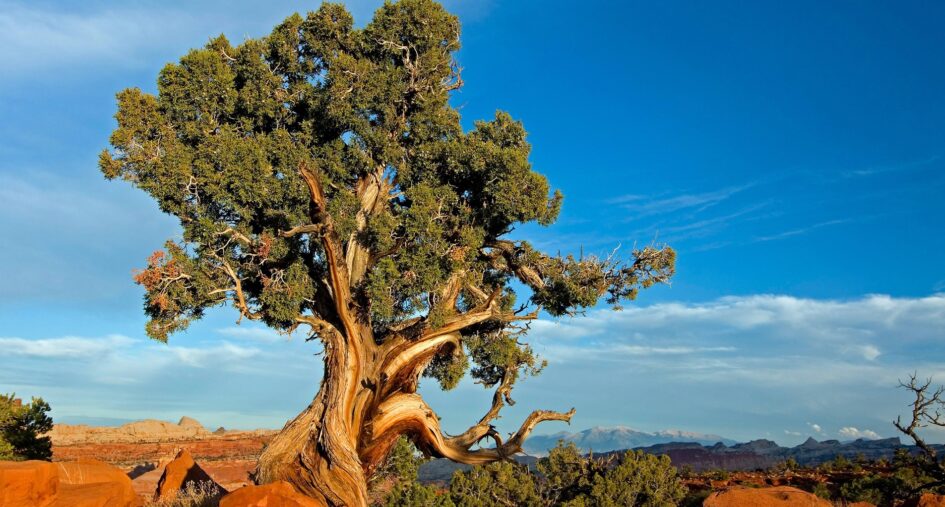Every moment I spend with trees feels like uncovering the stories they silently tell. When you cut into a tree’s trunk and look inside, you don’t just see wood—you’re met with a canvas bearing the traces of years, nature, and life itself. In this canvas, two main characters stand out: heartwood and sapwood. So, what are they, how do they form, and why are they so special? Let’s explore these questions together and take a closer look at the beautiful, inevitable marks that make each tree unique.
Sapwood: The Tree’s Lifeline
Sapwood is the outermost layer of a tree, often lighter in color. This part acts like a highway, carrying water and nutrients from the roots to the leaves while also storing extra energy. It’s the newly formed wood, made up of living cells. In young trees, almost the entire trunk is sapwood because they need this zone to grow and survive.
The light color of sapwood—usually creamy, white, or yellowish—comes from its moisture and vitality. But that same liveliness makes it more fragile. If not properly dried, it’s more prone to rot and insects. Still, in woodworking, sapwood’s clean tones are sometimes sought after; think of maple flooring, where its simple elegance shines through.

Heartwood: The Tree’s Strong Heart
As a tree grows and its trunk widens, the inner rings of sapwood finish their job. They no longer need to carry water, and those cells die off. That’s where heartwood steps in. Found at the tree’s core, heartwood is typically darker and harder. The transformation from sapwood to heartwood happens through a natural chemical process. The cells fill with substances called “extractives,” which darken the color and make the wood resistant to decay and pests.
Heartwood is the tree’s structural backbone, giving it strength and durability. The rich browns and reddish hues in woods like walnut, cherry, or oak? That’s all thanks to heartwood. Interestingly, not every tree shows a stark color difference—species like spruce or poplar might have heartwood and sapwood in nearly the same shade.

How Do They Form?
It all starts with a thin layer just beneath the bark called the cambium. Each year, the cambium produces new cells: bark on the outside, sapwood on the inside. As the tree grows, the inner sapwood rings lose their purpose and turn into heartwood. This shift depends on the tree’s age, species, and growing conditions. Fast-growing trees might have wider sapwood to transport more water, while older, slower-growing ones boast dominant heartwood, with those stunning dark tones deepening over time.
The Tree’s Natural Marks: Flaws or Character?
Trees aren’t just heartwood and sapwood; their stories are completed by natural marks. These imperfections reveal their uniqueness, turning every piece into a work of art. Here are the most common ones:
Tree Knot

Knots form where branches meet the trunk. As the tree grows, branches either fall off or get enveloped by the trunk, leaving behind dark, circular marks. They come in all shapes and sizes, adding visual charm and depth to the wood’s texture.
Wood Scar

No tree grows in the wild untouched by life. Birds, animals, or wind scratch and scar the trunk. As these wounds heal, they create unique patterns in the wood. Each scar is proof of the tree’s resilience.
Pin Knot

Tiny, pin-sized holes often come from bird pecks or insect marks. These little dots, along with the slight discoloration around them, add contrast and character to the wood. They may not steal the show like larger knots, but up close, they’re mesmerizing details.
Colour Variation

Trees are shaped by their environment—sun, soil, moisture—all of which influence the wood’s color. When we use multiple planks to craft furniture, these natural color differences shine through. Some planks are light, others dark, all harmonizing together.
Final Word: Nature’s Signature
Heartwood and sapwood are two sides of a tree’s life cycle. Sapwood embodies vitality and movement, while heartwood offers strength and permanence. Knots, scars, pin knots, and color variations are the marks of that journey. When I work with wood, I don’t see these as flaws but as signatures nature has gifted us. Each piece carries a tree’s story, and sharing that story is what fuels my passion.
Next time you touch a piece of wood, why not feel its story for yourself?

Leave a Reply